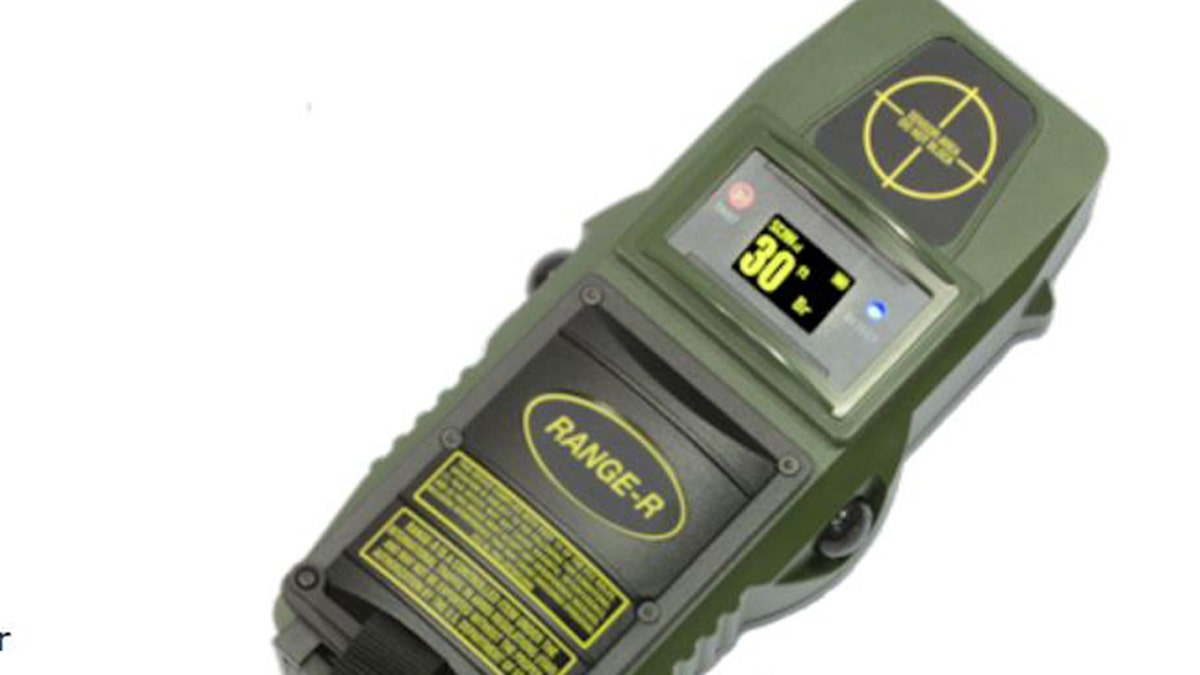New tech allowing police to see through house walls?
Judge Andrew Napolitano weighs in on the legality of police using radar to ‘see’ through walls of homes.
Being used by the FBI, U.S. Marshals Service and at least 50 other law enforcement agencies around the country, the Range-R device provides a way for police officers to track people within a home using a Doppler radar system. Shaped similar to a stud finder that you would find in a hardware store, the device can track movements, such as someone taking a breath, up to a distance of about 50 feet. Ideal for a drug raid or a hostage situation, the device could potentially map out all people within a building and help the police make judgement calls on the best plan to breach.

(L3 Communications)
According to the manufacturer of the Range-R, the device can penetrate wall materials that include “poured concrete, concrete block, brick, wood, stucco glass, adobe and dirt.” Interestingly, the device cannot track movements through a sheet of metal material and also has difficulty tracking people when being used against a water-soaked wall. Of course, law enforcement officials can simply attempt the scan in another location to test for a different result.
Of course, the device does not provide any form of visual image of the people within a home, nor can it determine if a suspect is armed prior to police entering a home. At best, it gives police verification that someone is inside the home, determine the activity level of that person and pinpoint an exact location.
According to USA Today, use of the radars have been kept relatively quiet by law enforcement officials until a judge recently scrutinized the decision to use the device to track down a parole violator. According to the details of the case, the judge indicated that the police should have obtained a search warrant before using the radar device and use of the device without a search warrant brings up potential Fourth Amendment issues. To date, the U.S. Marshals Service has spent about $180,000 on these types of devices over the last three years.
